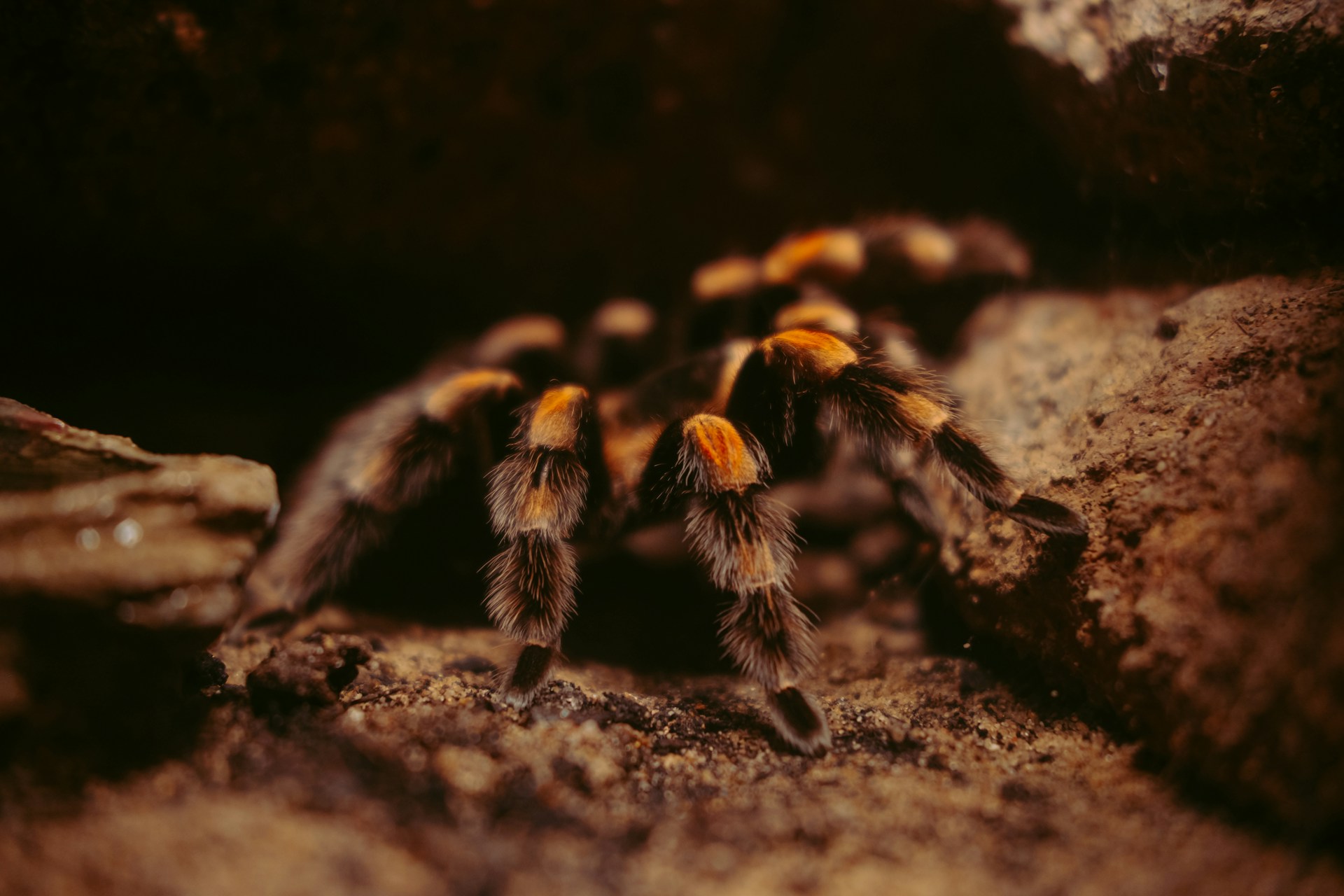Utah, situated in the western United States, is a state celebrated for its diverse environment, unique flora and fauna, and captivating terrain, making it an ideal destination for a memorable vacation. Amidst the vibrant wildlife, the focus on spiders in Utah becomes particularly intriguing. The state’s desert region harbors a variety of arachnids, showcasing the fascinating intersection of geography and climate that has given rise to exceptional spider species. To ensure a safe and enjoyable exploration, it’s essential to acquaint yourself with these diverse spiders, understanding their characteristics and potential risks.
Further reading: Dangerous animals in Utah
Table of Contents
Utah Crab Spider
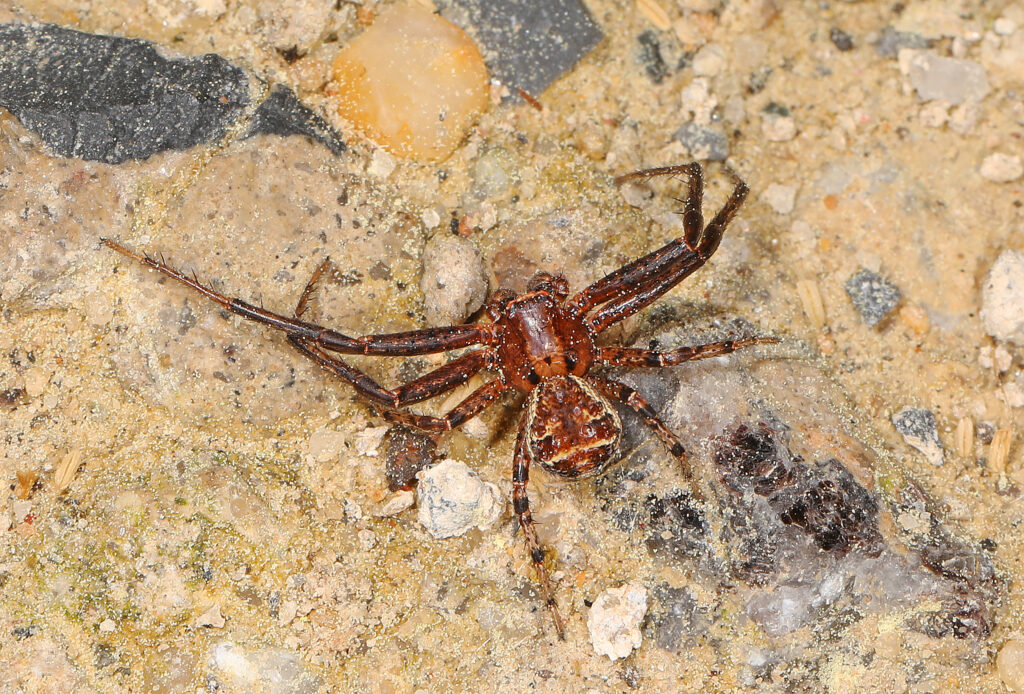
The Utah Crab Spider earns its name from its distinctive ability to move backward, forward, and sideways, resembling a crab. Found in the drylands across Utah, these spiders feature females growing up to 8 millimeters and males reaching 6 millimeters. Their light grey or black carapace, abdomen, and legs with white markings make them easily identifiable. Despite their non-dangerous bite, the bacteria they deliver can lead to serious infections.
Carolina Wolf Spider

Encountering the Carolina Wolf Spider, one of Utah’s largest wolf spiders, is common in arid and semi-arid regions. Females can reach up to 35 millimeters, with males slightly smaller. While not venomous, these spiders can transfer dangerous bacteria. Light brown with dark markings on the abdomen, they are prevalent in various parts of the state.
Western Spotted Orb Weaver
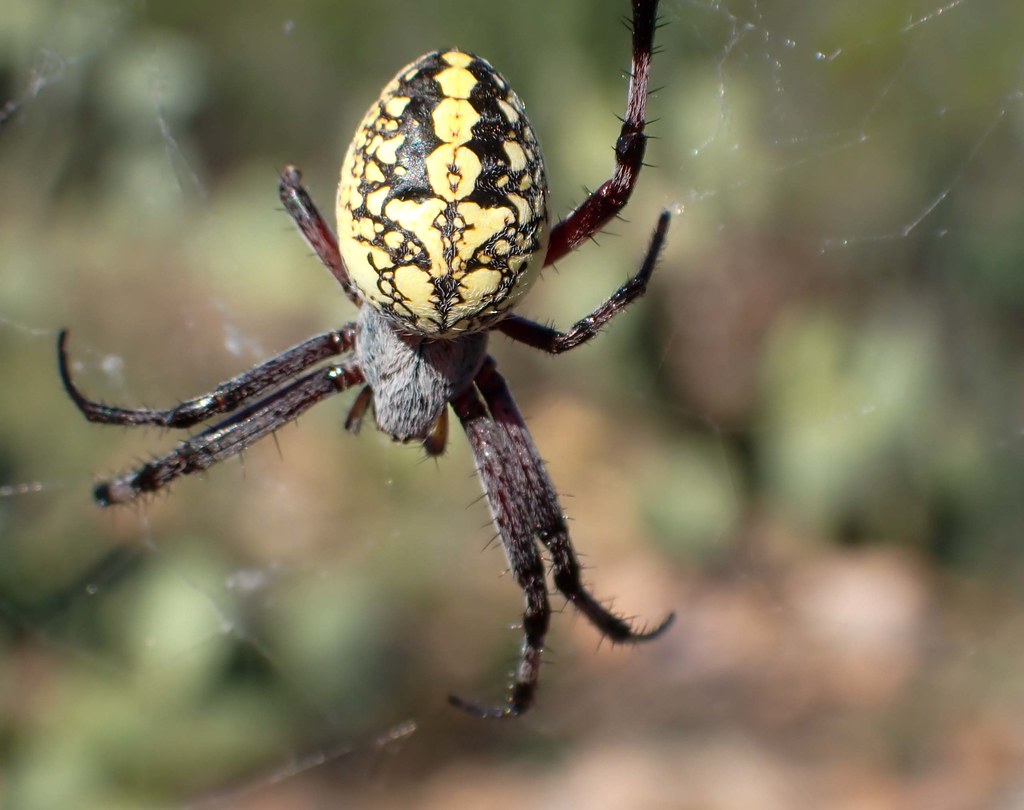
The Western Spotted Orb Weaver, thriving across Utah, poses a potential threat as it may bite during encounters. Despite being nonvenomous, their bites transfer bacteria. These spiders, not web builders, prefer ambushing prey after hiding. Females grow up to 18 millimeters, males up to 12 millimeters, with color variations. Vigilance is essential when exploring, with common colors including black, dark grey, and tan.
Salt Lake County Brown Tarantula Spider
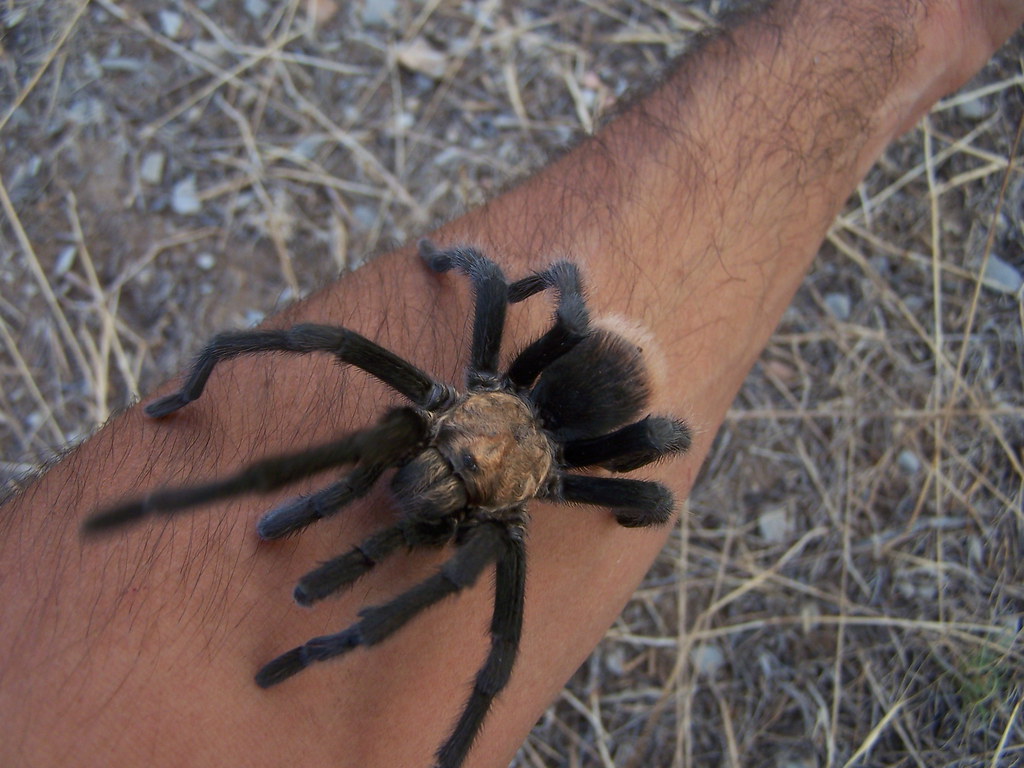
The Salt Lake County Brown Tarantula Spider, mainly found in Salt Lake County, Utah, reaches a size of about 5 inches. Thriving in arid, semiarid, woodland, and forested habitats, their hairy, light brown appearance distinguishes them. Utah’s diverse regions host various spider species, each adapting to its specific environment.
Red-Backed Jumping Spider
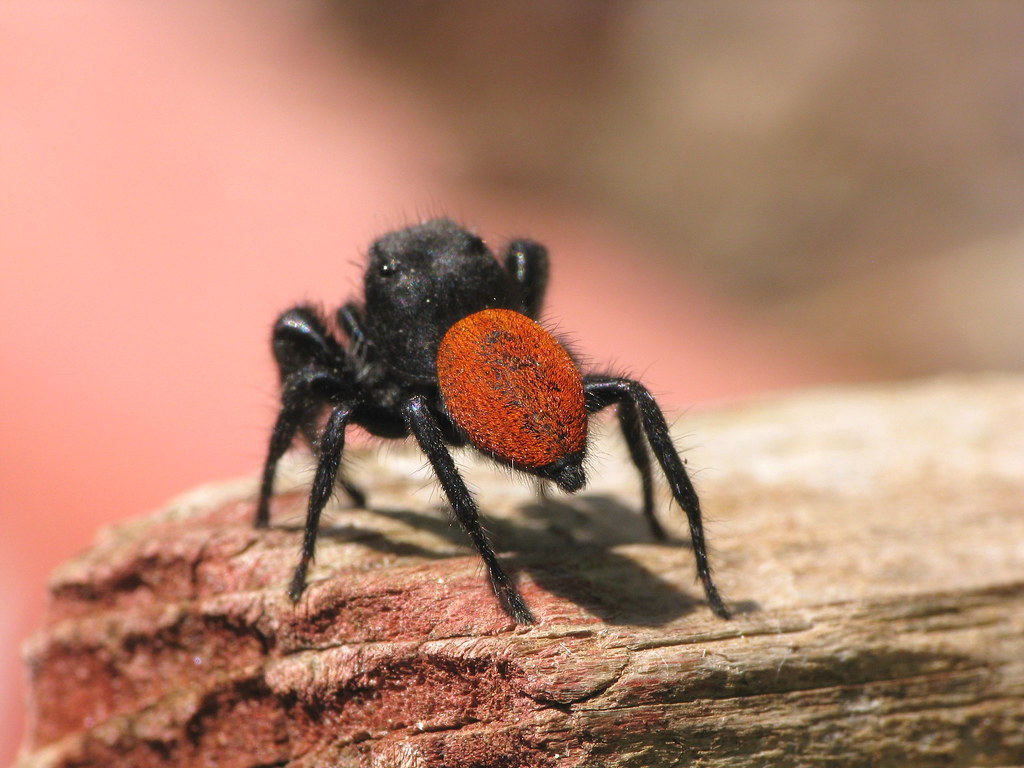
The Red-Backed Jumping Spider, thriving in different parts of Utah, features adult females reaching 10 millimeters, with a bright red abdomen. Nocturnal and aggressive, they exhibit cannibalization after mating. While their bites are not highly dangerous, the bacteria they transfer can lead to infections. Vigilance is advised when encountering these spiders during your Utah travels.
Hobo Spider
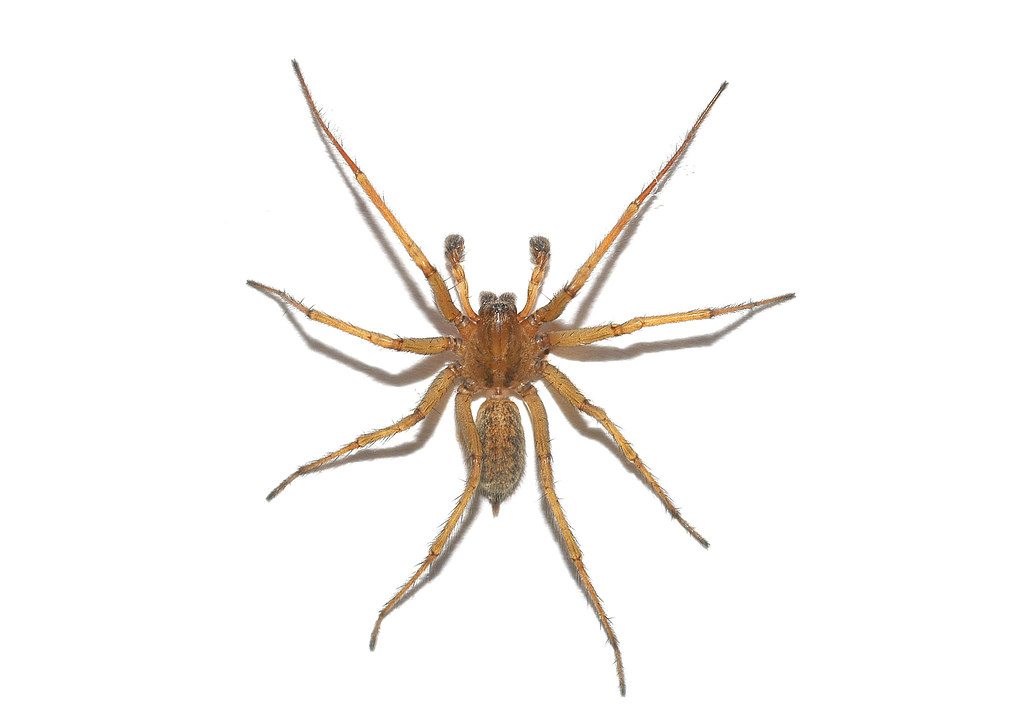
The hobo spider, prevalent in the western United States, is known for its nomadic tendencies, often hitchhiking from place to place by climbing into vehicles. Found throughout central and western regions, these spiders construct funnel webs for prey capture. Females grow up to 14 millimeters, males slightly smaller, with V-shaped markings on their abdomen. Despite being one of the most misunderstood species in the region, their non-dangerous bites can lead to serious infections due to transferred bacteria.
False Black Widow
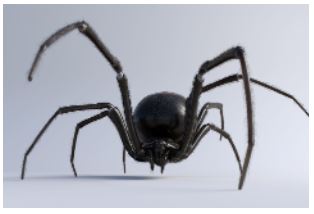
Thriving in various parts of Utah, the false black widow spider builds irregularly shaped cobwebs with precision to catch prey. Females can grow up to 11 millimeters, exhibiting a bulbous abdomen in colors like black, brown, or dark purple. Distinguished by their lack of an hourglass-shaped body, these spiders are unique for constructing intricate webs. While their bites may cause swelling and muscle aches, they are not as deadly as the black widow spider.
Mouse Spider
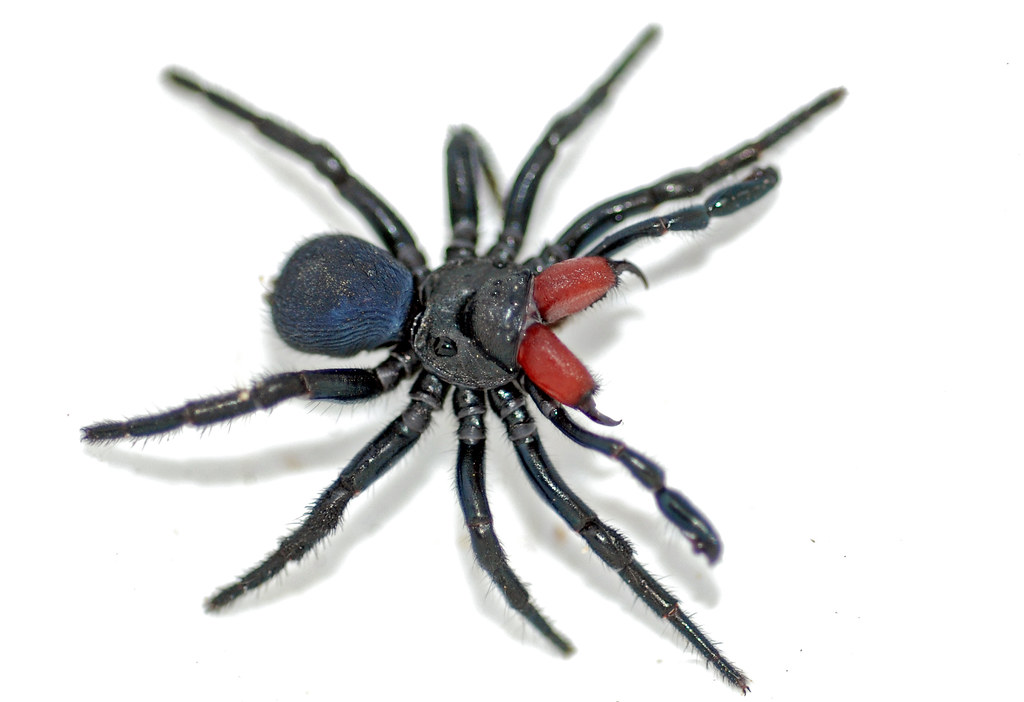
The mouse spider, often mistaken for mice due to its unique appearance and darting movements, thrives in various Utah habitats. With adult females reaching 35 millimeters, these spiders make webs for catching prey and may scavenge dead insects during starvation. Their bites can transfer dangerous bacteria, causing infections in humans.
Western Black Widow
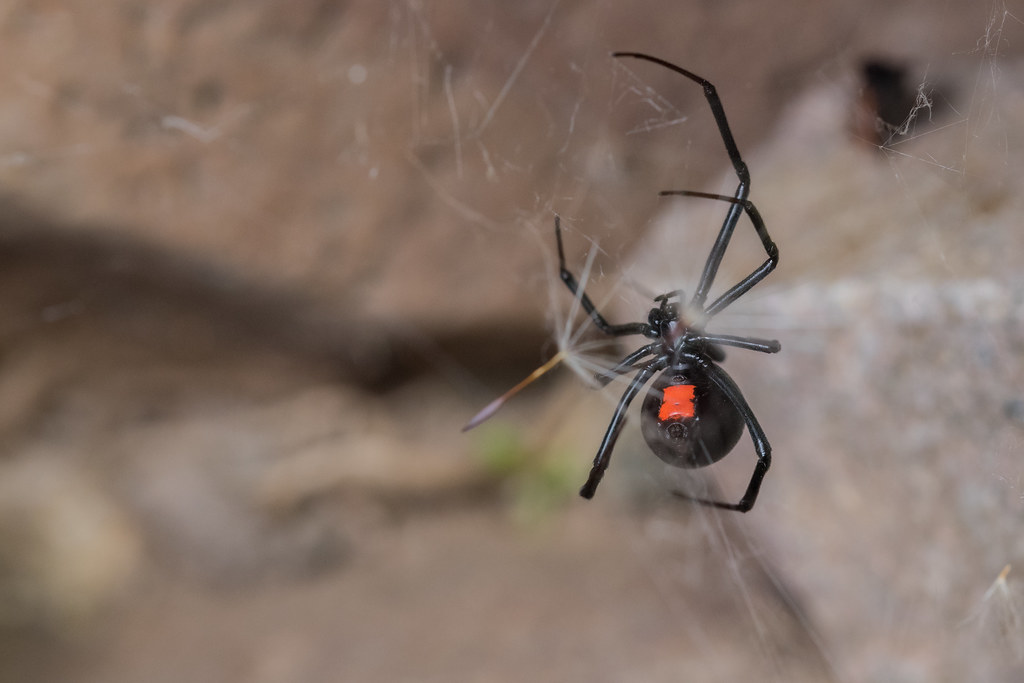
Considered one of the most poisonous spiders in Utah, the western black widow is dangerous and aggressive. Found in different parts of the state, these glossy spiders have a red hourglass-shaped marking on the abdomen. Females grow up to 16 millimeters, and their venomous bites can interfere with the central nervous system, leading to severe symptoms, including difficulty breathing, hallucinations, muscle pains, cardiac arrest, and fatalities.
Desert Recluse
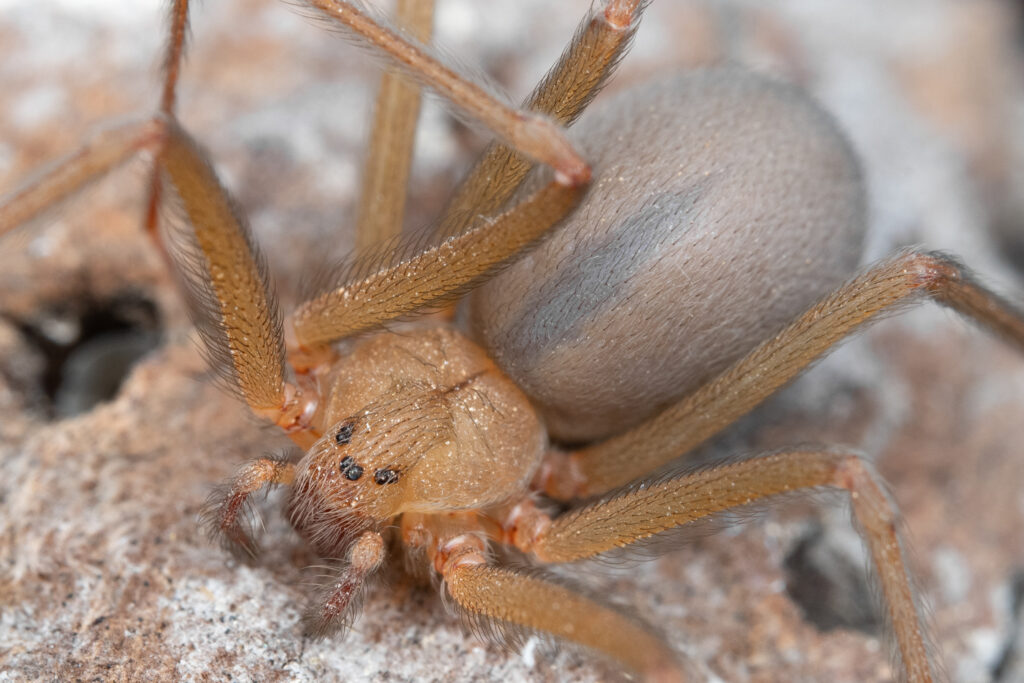
The desert recluse, a dangerous spider prevalent in Utah’s southwestern region, poses significant risks. Females grow up to 12 millimeters, displaying colors like tan, brown, and light brown with a distinctive violin shape on their carapace. Unlike using webs, these spiders ambush prey, and their necrotic venom can cause severe side effects, including vomiting, skin lesions, muscle pain, fever, and fatalities, especially in immunocompromised individuals.
Bowl and Doily Spider
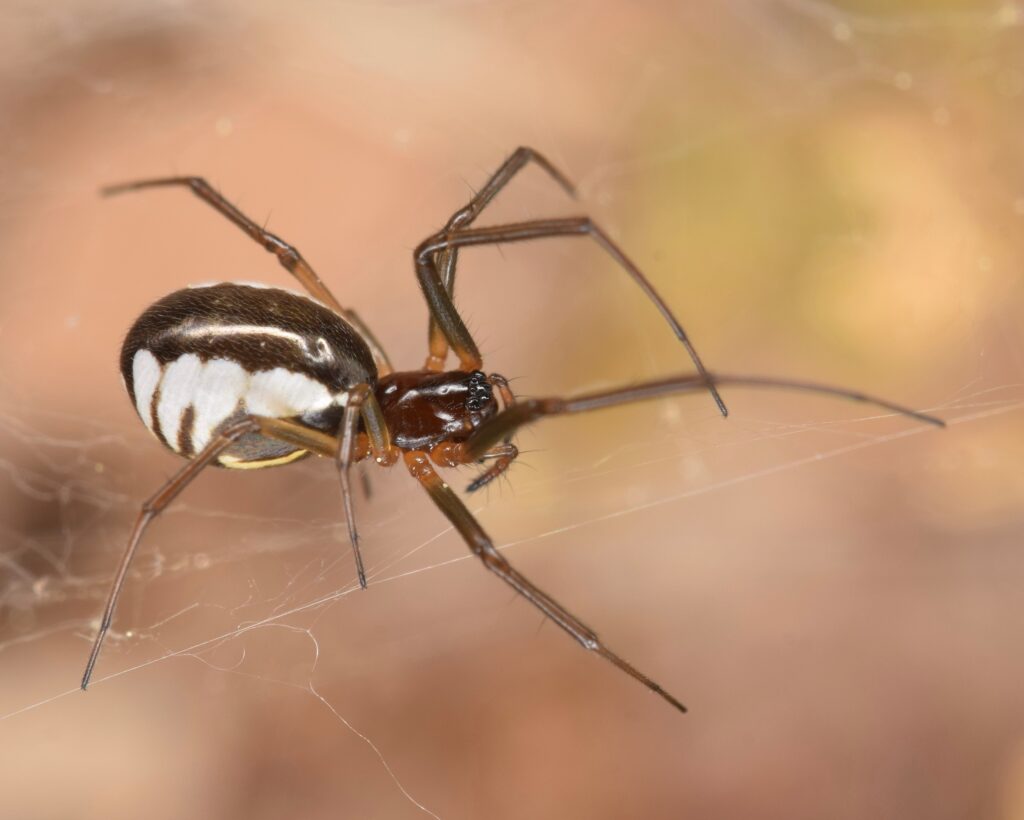
Classified under the weaver family, the bowl and doily spider, found in various Utah habitats, grows up to 4 millimeters for females. Primarily red with yellowish legs, these spiders build impeccable webs with a doily or horizontal sheet and an inverted dome or bowl for catching prey. Short hairs cover their bodies, contributing to their unique characteristics.
____________
Find out about the spiders in other US countries:

